Terri Schiavo: 20 years after her death, her case still shapes end-of-life debates
From 2000: Judge rules in favor of Michael Schiavo
Ten years after she fell into a coma, a judge ruled that Terri Schiavo was in a persistent vegetative state and granted her husband's request to remove her feeding tube. Her family vowed to appeal, setting up years of legal battles. FOX 13's Steve Nichols reports; originally aired February 11, 2000.
CLEARWATER, Fla. - Twenty years have passed since the death of Terri Schiavo, the Florida wife who had been in a persistent vegetative state for 15 years before her feeding tube was removed in March of 2005.
Her husband insisted that Terri told him she'd never want to be on life support. But her family disagreed.
Terri died on March 31, heading into her 14th day without food and water amid what was the final legal setback for her parents after the U.S. Supreme Court again refused to hear their plea to reinsert her feeding tube.
Terri's life and death captivated the country and fueled conversations about end-of-life care and the necessity of the documents, known as advance directives or living wills.
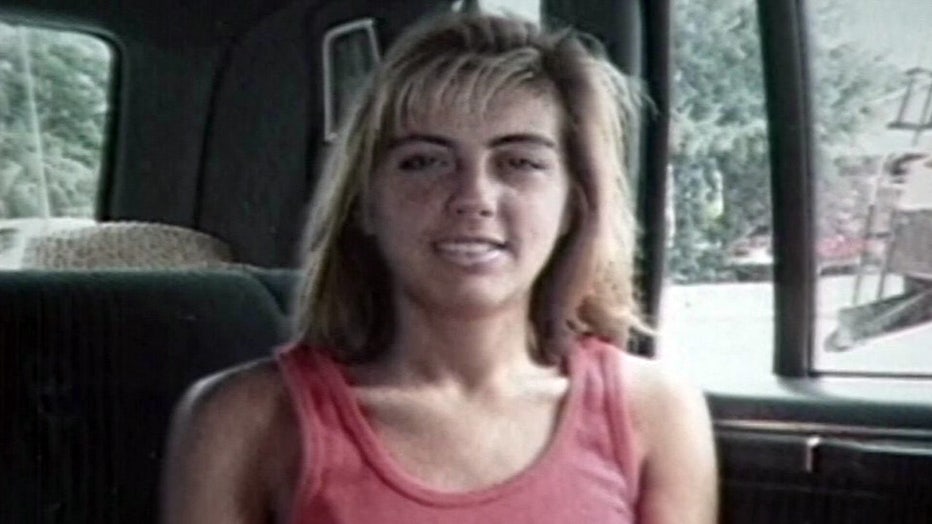
Terri Schiavo, seen before her coma. (Family photo via FOX 13)
Who was Terri Schiavo?
The backstory:
Terri Schiavo was born Theresa Marie Schindler to Robert and Mary Schindler on December 3, 1963, according to terrischiavo.org. She was the first of three children the Schindlers would have.
In 1983, Terri met Michael Schiavo. The couple married a year later and later moved from Pennsylvania to Florida.
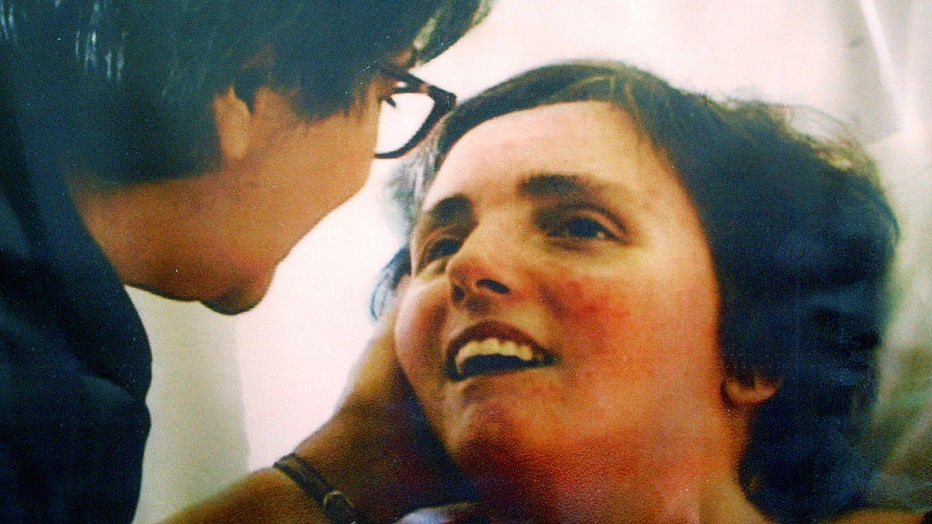
File: A handout photo shows Terri Schiavo and her mother taken at Terri's hospital bed in 2003 in Gulfport, Florida. (Photo by Getty Images)
What happened to Terri Schiavo?
Dig deeper:
In 1990, at 26 years old, Terri collapsed at her home in Florida. Paramedics responded, and she was admitted to a local hospital.
Heart attack and drug involvement were ruled out. Doctors never determined the underlying cause of her collapse but she was diagnosed with hypoxic encephalopathy – a neurological injury caused by lack of oxygen to the brain.
She was placed on a ventilator and eventually had to have a feeding tube.
Days after her feeding tube was removed, she died on March 31, 2005.
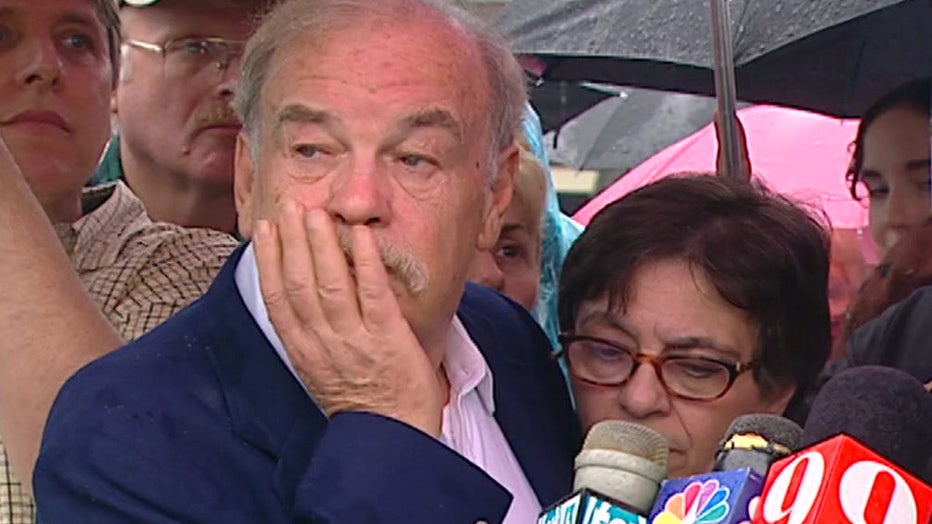
Terri Schiavo's parents speak to the media outside her hospice facility. (FOX 13 file)
Schiavo's case divides public opinion
Big picture view:
Terri's case divided her family and the country over the right to die and sparked end-of-life debates.
The battle went through several courts and even to the White House after her husband declared that his wife stated she did not want to ever be on life support. Her parents refuted that claim, making every effort to keep her alive.
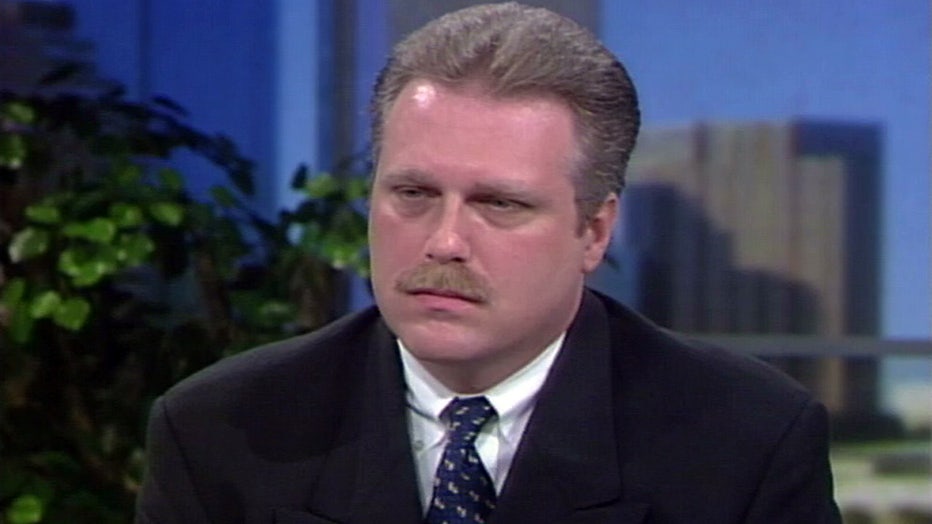
Michael Schivao takes viewer questions on FOX 13's 'Your Turn.' He worked to earn a nursing degree to help take care of his wife. (FOX 13 file)
"Schiavo was huge landmark in maintaining the rights of spouses to stop any and all medical interventions," Arthur Caplan of New York University told ABC News in 2015. "But it raised all sorts of uncomfortable questions about when it becomes acceptable to remove someone from life support, even when the law makes it clear."
A 2005 USA TODAY/CNN/Gallup poll showed that after Terri's death, 52% of Americans believed the feeding tube should've been removed, while 42% believed it should've remained.
From 2005: Battle over Terri Schiavo's life
In this archived report from FOX 5 NY, FOX 13 Tampa Bay's Deborah Bowden has a look at activists on both sides of the Terri Schiavo debate, and the court rulings and political drama surrounding her end-of-life care. Originally aired March 21, 2005, three days after her feeding tube was removed for the final time. She would pass away a week later.
Timeline of Schiavo's case
Timeline:
The court battle over Terri's condition, care, and preferences lasted for over a decade.
- 1990: Terri collapses at home on February 25. She's admitted to Northside Hospital in St. Petersburg, Florida. Doctors diagnose her with a brain injury.
- 1991: Terri is transferred to Sable Palms Nursing Facility in Largo, Florida, for physical rehabilitation.
- 1993: Terri's husband and her family become at odds over the course of her treatment. Michael's guardianship is challenged in court by Terri's family.
- 1998: Michael's attorney files a petition to withdraw life support.
- 2000: Judge George W. Greer in Pinellas-Pasco’s Sixth Judicial Circuit hears the petition to withdraw life support and orders Terri's feeding tube to be removed. Terry is transferred to the Hospice of the Florida Suncoast. Terry's family tries to appeal the ruling, but the Florida Supreme Court and the U.S. Supreme Court decline to hear the case.
- 2001: Terri's feeding tube is removed, but the judge issues an injunction allowing the tube to remain.
- 2002: A medical evidentiary trial is held where the judge ultimately rules that Terri is in a peristent vegetative state and orders the feeding tube to be removed.
- 2003: The Florida Legislature holds a special session and passes "Terri's Law", giving authority to then-Governor Jeb Bush to reinsert Terri's feeding tube. The law is ultimately ruled unconstitutional.
- 2005: The U.S. Supreme Court declines to hear the case. After more legal back-and-forth and commentary from Congress and Gov. Bush's brother, President George W. Bush, a judge rules for Terri's feeding tube to be removed. She dies nearly two weeks later.
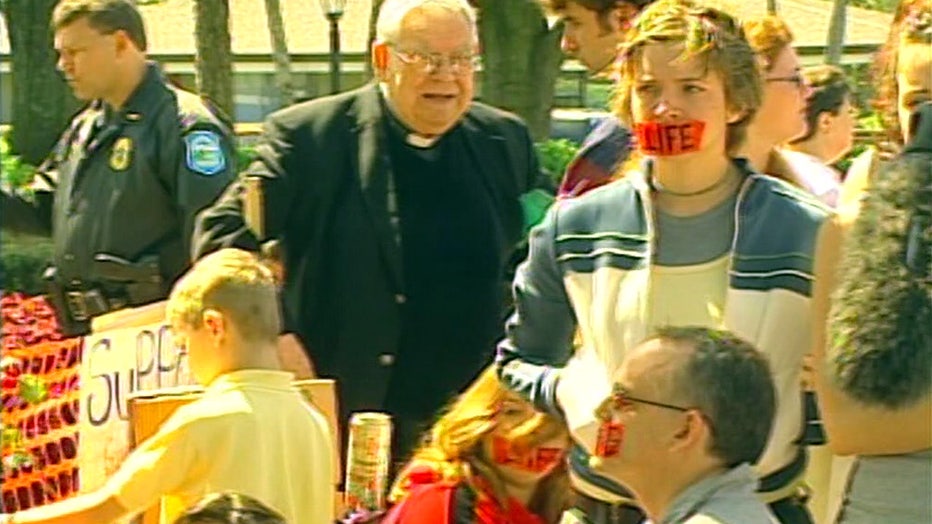
Terri's hospice home drew demonstrators in favor of her family but also her husband. (FOX 13 file)
Schiavo's impact on end-of-life care
Why you should care:
Twenty years after her death, it seems that most Americans don't document how they would like to handle their own end-of-life care.
According to Hospice News, many Americans know the types of end-of-life care they wish to receive, but only 22% have documented their wishes. The outlet also reported that about 25% of those who have documented their wishes are white. African Americans represented 22%, Hispanics 21% and Asians 7%.
"Advance care planning is something that can benefit all people. Unfortunately, there is a gap between thinking about end-of-life planning and actually documenting those wishes," Dr. Joseph Shega, executive vice president and chief medical officer at VITAS, told the outlet. "I can’t stress enough how valuable advance care planning is for all Americans. It allows patients to make their preferences known early and is useful as they become seriously ill and enter advanced disease stages."
The Source: The Associated Press contributed to this report. The information in this story came from a mix of sources, including historical records, court rulings, and FOX TV coverage of Terry Schiavo’s case. Specific details about Schiavo’s life and medical condition are cited from terrischiavo.org, while legal proceedings and public reaction are drawn from past reporting by outlets such as ABC News and USA TODAY/CNN/Gallup. The article also references expert opinions, like those from Arthur Caplan of New York University, and recent statistics on end-of-life planning from Hospice News. This story was reported from Los Angeles.

